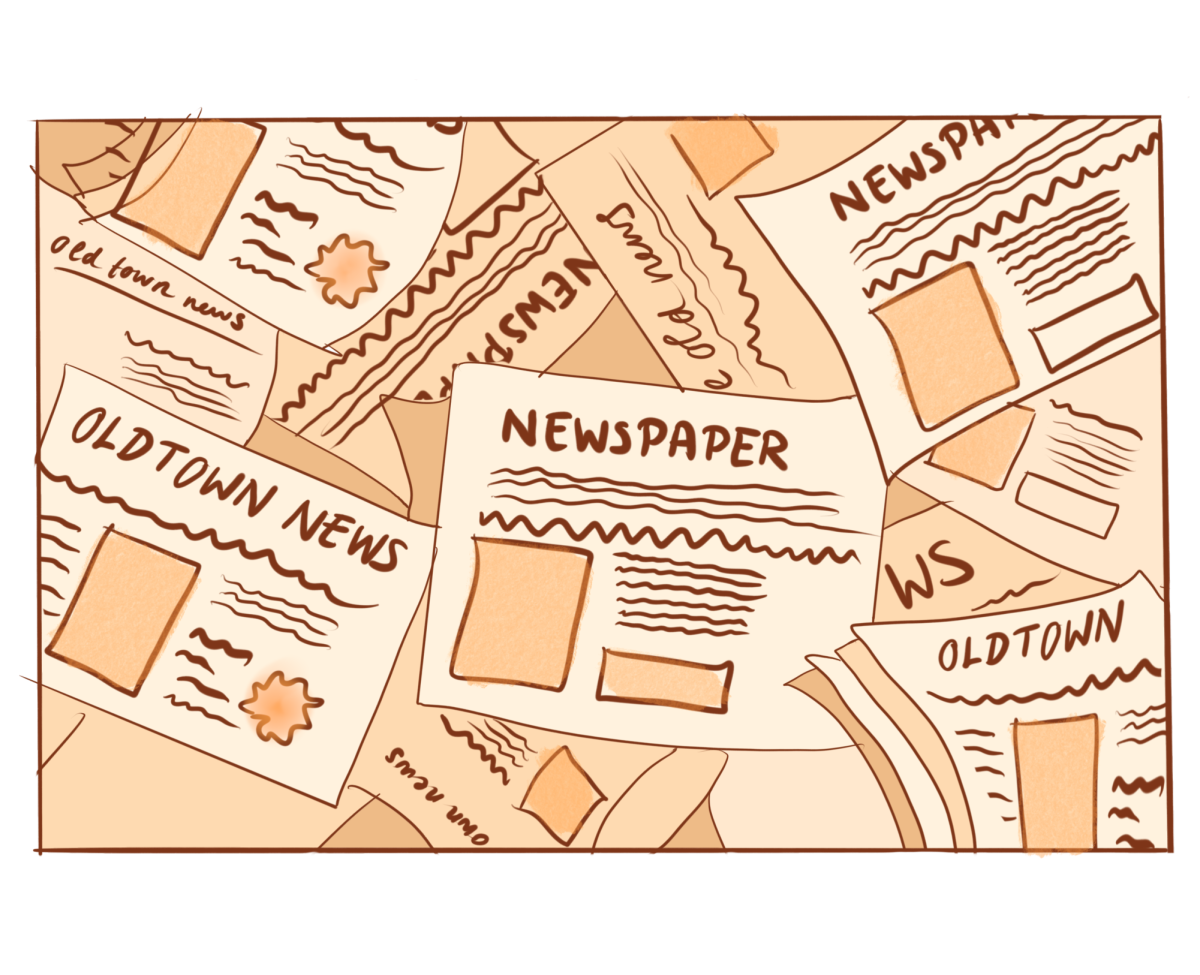Stepping into the doorway of my house after school, a copy of the “The Wall Street Journal” on the dinner table catches my eye. I grab a quick snack and flip through the pages, scanning for ideas that spark my interest. Thirty minutes later, I find myself immersed in articles about the political and economic state of the world.
Since I became more absorbed in the news, I’ve become more informed, more empathetic and more engaged. It feels empowering being a knowledgeable citizen and learning about sensitive topics. Yet, for many, reading the news isn’t something natural.
When I asked my friend why they don’t read the news, they said, “I hate politics.”
This bothered me. Despite being at the very top of their class, they neglected the news. I probed further, asking them about a recent controversial event, and they went blank.
While people may avoid the news because it feels messy or overly political — politics and current events are complicated, and sometimes uncomfortable to grasp – avoiding the news doesn’t make issues disappear. In fact, it’s precisely because politics is messy that being informed is important. This messiness is the reason to dig deeper and become an active member of society.
While social media platforms like Instagram or TikTok can be helpful in navigating the world, they can often spread rumors and half-truths. Because algorithms reward speed and virality over accuracy, misinformation can spread rapidly. In addition, posts often rely too much on emotional appeal, citing unreliable sources and logical fallacies. Major newspapers, on the other hand, employ editors and fact-checkers. Almost all major publications have strong ethical guidelines their journalists follow, and articles undergo rounds of review by trained editors and fact-checkers before publication. In addition, when errors do show up, reporters make quick efforts to resolve them, often issuing public corrections.
Artistic expression that is often overlooked in newspapers too — thoughtful layouts, captivating photos and big headlines are structured in a way to catch readers’ attention immediately. The articles follow the ‘inverted pyramid’ style—leading with the most information and tapering off into background details—helping audiences to quickly grasp the core messages.
In addition, it sounds old-fashioned, but there’s a special sensation in flipping a physical newspaper—a quiet break from constant pings and distractions from our devices. But let’s be real: while not all media is created equal, even brief exposure to current events—whether through a podcast, a credible YouTube video, or even informative instagram content—can be a step towards more awareness. The key is being intentional and critical about the sources.
Right now, misinformation is more prevalent than ever and the world is in a period of rapid transformation. So when you have some free time, look up articles from a reliable news outlet or flip through a newspaper. If we want to make sense of the chaos around us, the first step is understanding it. And that starts with becoming informed.


